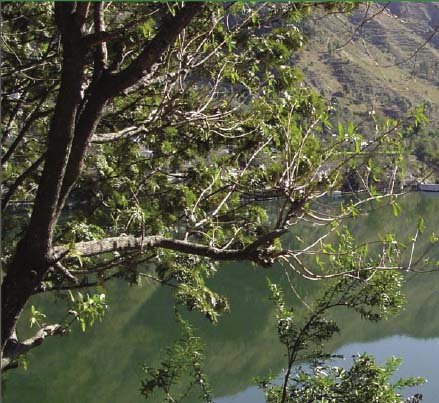Brij Gopal
Brij Gopal
Open letter to Uma Bharti, Minister for Water Resources
Posted on 20 Dec, 2016 08:03 PMHon’ble Madam,
Namaskar,

Traditional ways to water security
Posted on 04 Dec, 2016 08:15 PMAlthough droughts are not new in India, we are seeing more of it of late.

An open letter to Uma Bharti, Minister for Water Resources
Posted on 14 Oct, 2016 03:35 PMHon’ble Madam,
Namaskar.

An Indian perspective on the conservation and management of lakes – A report by Ministry of Environment and Forests
Posted on 25 Jun, 2011 10:43 PM
This publication will serve to be useful reference material for policymakers, implementing agencies, environmentalists and those who enjoy the beauty and diversity of India’s water bodies.
Lakes are not only a source of water and livelihood for many of our populations, but they also support a large proportion of our biodiversity. The wetlands, shallower peripheral areas of large lakes, provide breeding and nesting grounds to huge population of birds, many of which migrate to India from as far north as Siberia.